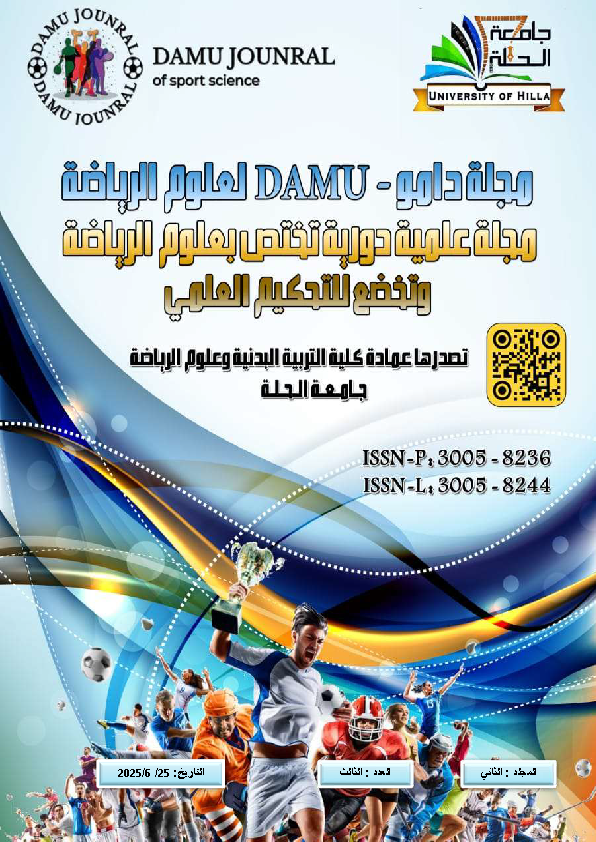Analysis of the Conceptual Misunderstanding in Differentiating Between Item Discrimination and External Consistency and Its Impact on the Accuracy of Psychological Assessment
DOI:
https://doi.org/10.64002/wgvbvc33Keywords:
conceptual error, discriminatory ability, psychological assessmentAbstract
The research observation indicates a widespread conceptual confusion between the concepts of item discrimination and external consistency. This confusion negatively impacts the quality of measurement tools and threatens the validity of conclusions drawn from the data. Based on this problem, the current study aims to analyze this confusion and evaluate its implications for the accuracy of educational and psychological assessments. This confusion is achieved by investigating the conceptual and statistical differences between the two concepts, monitoring their prevalence among researchers, and proposing training and methodological solutions that contribute to mitigating these problems. The study adopted a descriptive-analytical approach and used a set of tools, including observation to detect confusion, interviews with measurement and statistics experts, and standardized cognitive tests to measure statistical understanding among a sample of 150 graduate students at Al-Qadisiyah University, who were subjected to a 50-item cognitive test. The results revealed that a large percentage of students, 71.6 percent, were unable to distinguish between the two concepts. The statistical analysis results also showed that the relationship between discriminating ability and external consistency is weak, according to the Pearson coefficient, indicating that the two concepts are statistically independent. Exploratory factor analysis revealed the presence of two separate factors: the factor related to discriminating ability was explained, while the factor related to external consistency was explained, reinforcing the hypothesis of a fundamental difference between them. Multiple regression analysis also showed that a thorough understanding of discriminating ability contributes more to improving the accuracy of measurement tools than external consistency, with the beta value reaching 0.38 versus 0.25, both statistically significant. Based on these findings, the study recommends developing specialized training programs to enhance researchers' statistical proficiency, incorporating measurement concepts into university curricula in a clear, systematic manner, and utilizing advanced analytical programs such as SPSS, R, and AMOS. It also recommends designing guidelines and practical examples that clarify the conceptual differences between discriminatory ability and external consistency. This will contribute to improving the quality of scientific research and reducing methodological and conceptual errors in educational and psychological measurement practices.
Downloads
Published
Issue
Section
License
Copyright (c) 2025 Damu Journal of Sport Sciences

This work is licensed under a Creative Commons Attribution 4.0 International License.








